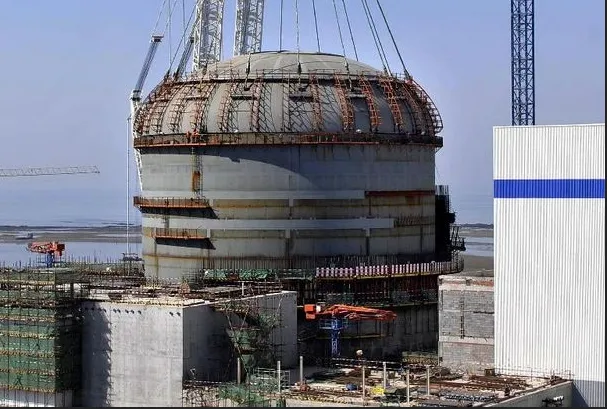As I mentioned in a previous post, water is the worst coolant imaginable for a nuclear reactor. It remains liquid only at low temperatures (0-100 DegC) and then requires massive pressurization to stay liquid above this. In order to get the temperature up to a working range of, say 200 Deg C, requires pressures of up to 80 atmospheres. Containing large volumes of such high pressure gas is very hazardous, and explains why water cooled reactors need those huge containment vessels. They are not there to contain the core and fuel, they are there to contain the steam that would be generated if one of the pipes or fittings in the reactor broke.

Salt, on the other hand does not melt until around 400 Deg C and it remains liquid for at least 1000 degrees. So, you can cool a reactor with molten salt and still have it operating at near atmospheric pressures. Having a high temperature/low pressure heat exchange medium makes the entire reactor more efficient and safe. There are many other advantages to use of molten salt, but this is the main one.